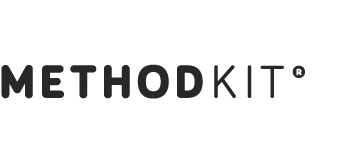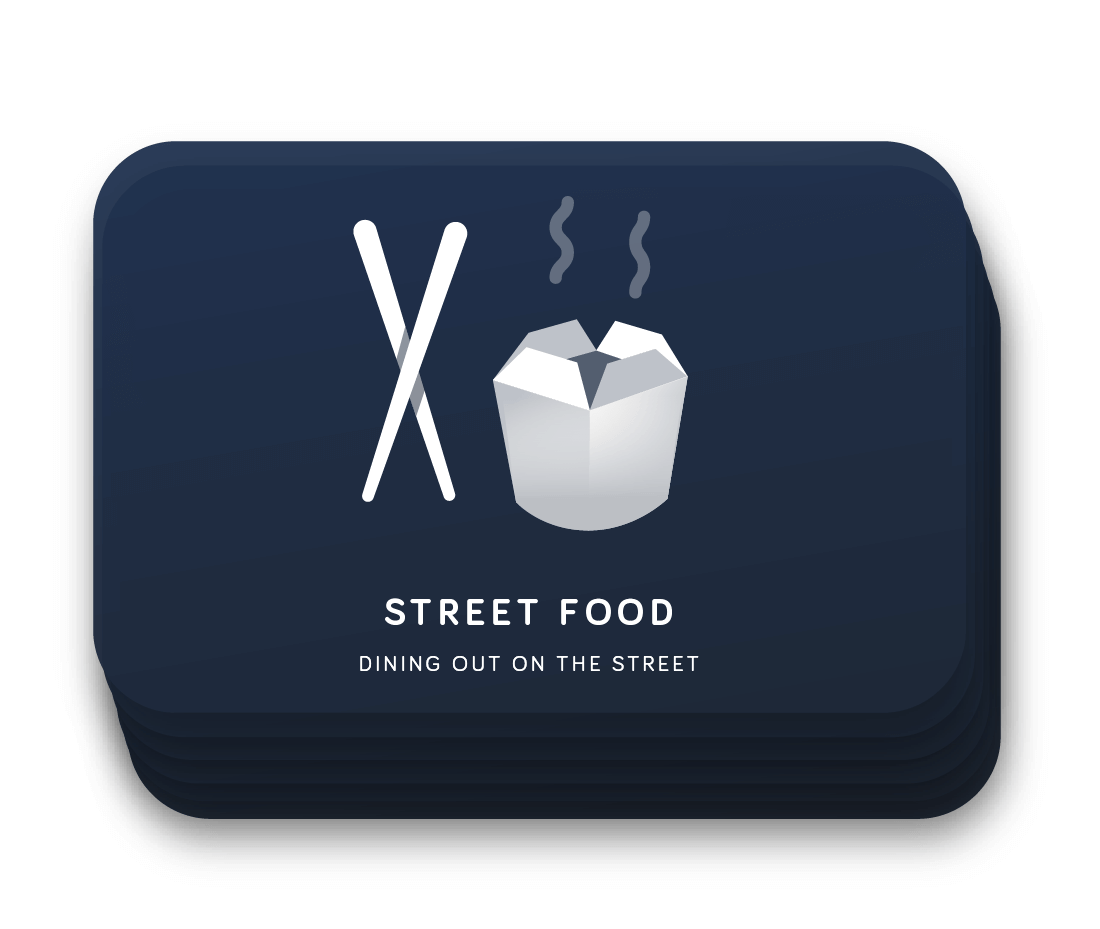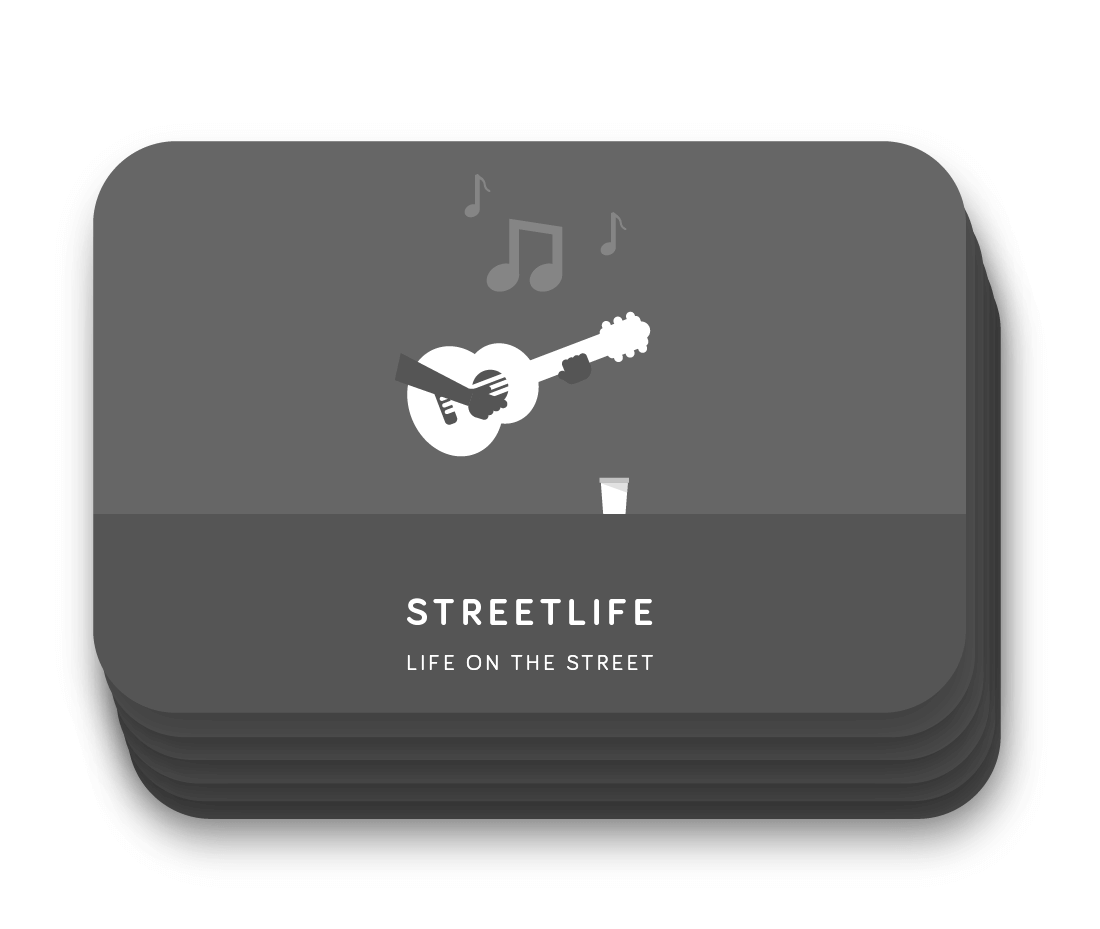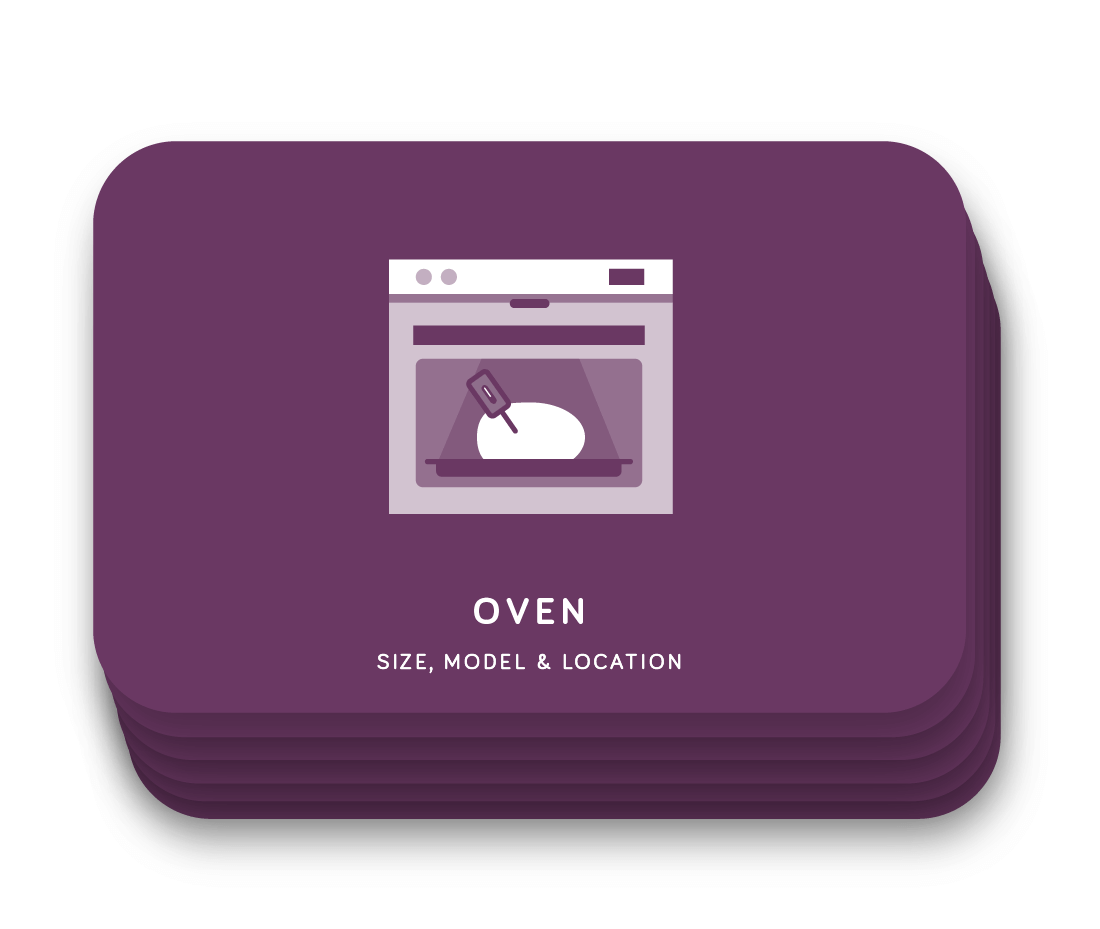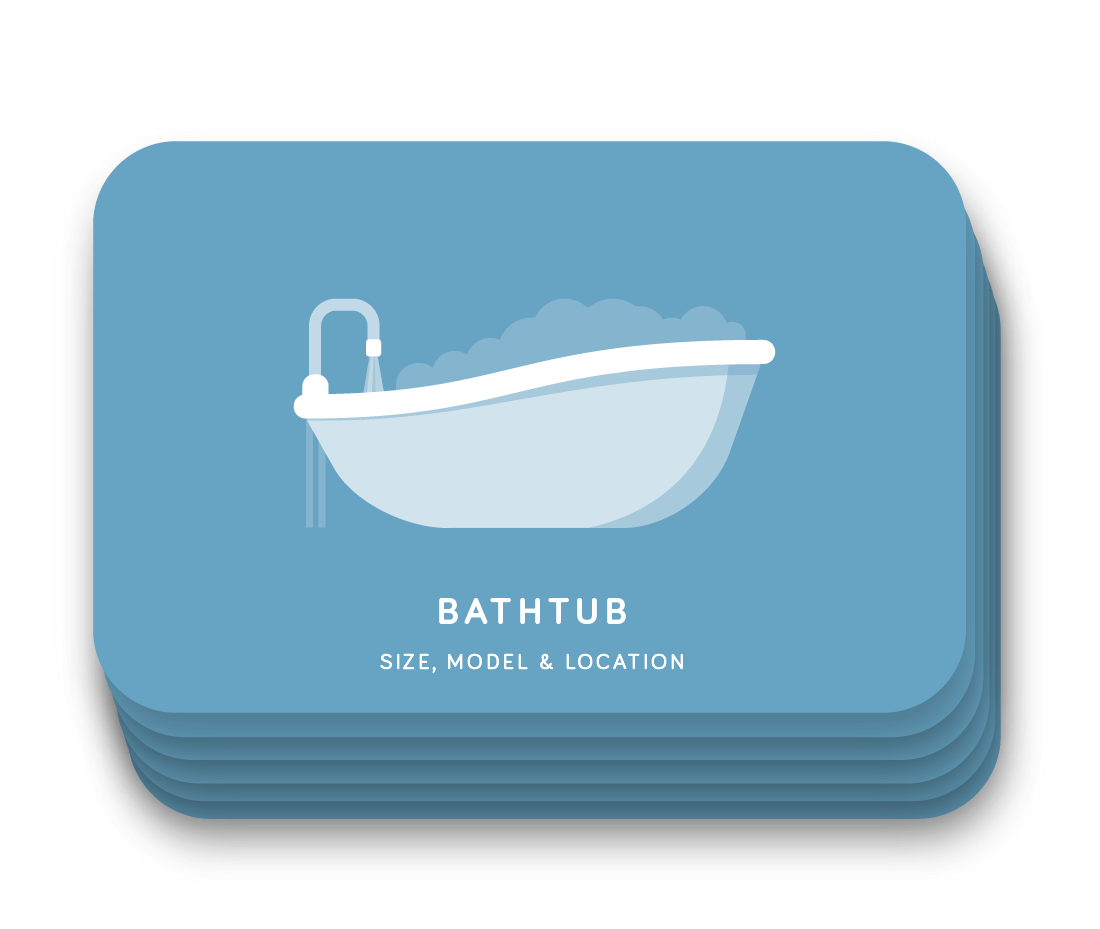INTRODUCING METHODKIT FOR ARCHITECTURE …
7 analog tools for discussing architecture & cities
Our architecture & city kits are physical tools that explore different scales of built and living environments – designed to help professionals and novices alike discuss, navigate and build everything from cities to public space and neighborhoods.
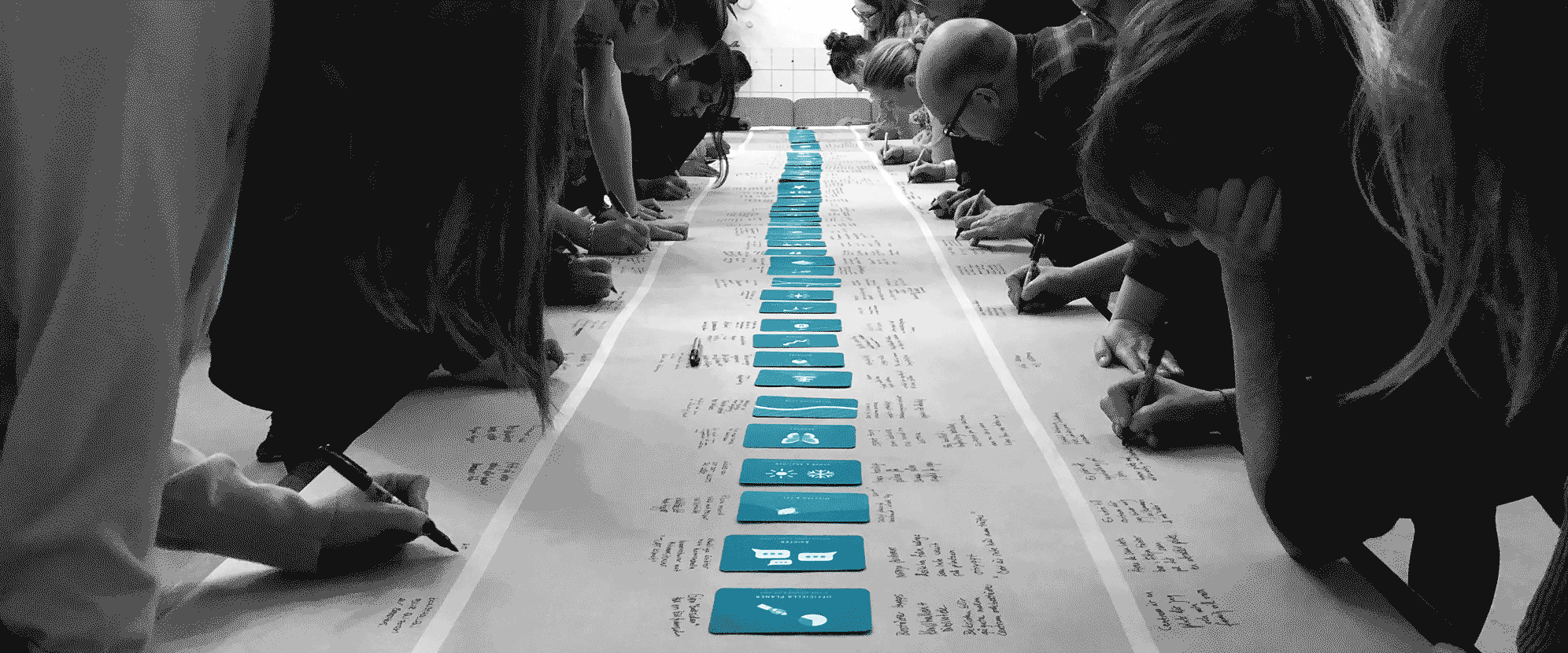
Above, a classic way to use MethodKit that’s recently was included in UN habitat’s workshop format for inclusive urban planning worldwide.
Lets talk about architecture and cities – together
How we build our homes, neighborhoods, communities and cities matter. Decisions we make as individuals and groups (organizations, businesses, governments, social movements, families, neighborhoods) continue to form and inform our collective future(s). Yet, how do we reach these decisions? How do we discuss and decide? Who gets to discuss and decide? As democratic design, citizen based processes and interdisciplinary projects becomes the new normal, professionals and citizens alike are beginning to respond to the question – how do we ensure everyone (different people, professions and perspectives) can discuss and shape the environments in which they live?
How can we talk about architecture and cities – together?
Participatory practices, blurry boundaries & the need for new tools
From investigating how cities operate after dark, to understanding environments for thriving urban ecosystems, contemporary architectural education and practice are dynamic. As disciplinary boundaries are blurred by increasingly complex questions; an ever-growing range of expertise, experiences and ways of knowing the world is required. While some architecture and urban planning tools may impose certain solutions or be designed for a specific user group, our idea is to readjust the balance between professionalization and participation by creating a tool as useful to the professional as it is to the new citizen or stakeholder.
Finding a common language between people, professions and perspectives will be critical to our collective success.
What can the kits for Architecture & Cities bundle do for you?
The bundle for Architecture and Cities is a growing collection of kits that investigate the complex nature of the places and spaces we live, work and play, with each kit focusing on a particular scale. Viewed as a whole each kit provides you with a visual overview of the chosen scale, viewed individually, the cards provide an insight into the most important aspects, elements and actions relevant to that scale.
Moving freely between scales and contexts is critical to the success of many projects, as Eliel Saarinen said “Always design a thing by considering it in its next larger context – a chair in a room, a room in a house, a house in an environment, an environment in a city plan.” That is why you will find many kits ‘nested’ within each other. For example in MethodKit for Cities you will find a ‘Neighborhood’ card, in MethodKit for Neighborhoods you will find a ‘street life’ card.
As projects are rarely neatly contained within one scale, the ability to do a ‘deep dive’ into nested scales in a structured way can allow for greater understanding, ideation and collaboration.
Why physical cards?
Cards provide a physical framework to build workshops, plan project timelines, structure conversations and spark ideas – plus you can hold them in your hand! (Which can be a very welcome change from zooming in and out of your BIM model).
Each kit is a physical tool – a collection of 50-100 cards (depending on the kit) that cover the most relevant elements, actions and aspects of a specific topic. By giving you a visual framework upon which you can build conversations, ideas and visions, the kits help you to structure your thoughts, understand each other and collaborate more easily.
The kits are deliberately simple and easy to use. Spread them out on a desk, stick them on a wall, divide them in piles or find your own style! We don’t want you to drown in information, but rather use the cards to spark conversation and ideas. At the end of the day, it is the ideas and designs that matter.
Strengths of MethodKit
Conversation starters
Use them to ignite conversation. Discussion & debate are more important than the tools you are using. The kits become an interface and a bridge between people without demanding too much attention.
Guides to complexity
Use them to see the big picture. It does not have to be complicated. The kits allow you to move effortlessly between multiple scales, from tiny details to whole systems and back again.
Accessible & universal
Use them to include everyone. Deliberately simple, instantly understood and easy to use. We have decoded archi-speak without losing depth, so that architects and citizens can share an interface and speak a common language.
Uses
Below are three examples of how the cards can be used. Explore How to use for many more examples.
Use the kit in the studio environment to align colleagues, consultants and clients. Use it to create future visions and scenarios or as a research tool and checklist. How do new developments fit into the existing urban fabric? What are your priorities? Did you forget any important perspectives?
Many citizens have a profound interest about the city. Use the tool to help people understand the fabric of the city, with different perspectives and lenses. Knowledge is power.
Use the kit as a checklist for school projects — what elements are strongest? Are there any parts of missing? Encourage students to embrace complexity and design in real-world contexts. Encourage conversation and debate by having students prioritize the cards — why are some building blocks more important than others? How does this change with time?
Use the tool as an interface. We made a tool that has an easy to understand language without dumbing down the underlying concepts of the city. We want people to sit at the table, take part, and feel comfortable in understanding and sharing ideas.
Use the tool should be used for data collection. Can you give each card a value to create an inventory of local areas? You could ask citizens, friends, neighbours what they value in their local area.
Clear communication is critical when juggling multiple trades and project milestones. Use the kits to make sure you are on the right page by using the cards to lay out a visual project timeline or checklist.
The kits
Below you find the tools we made for working with architecture & cities.
